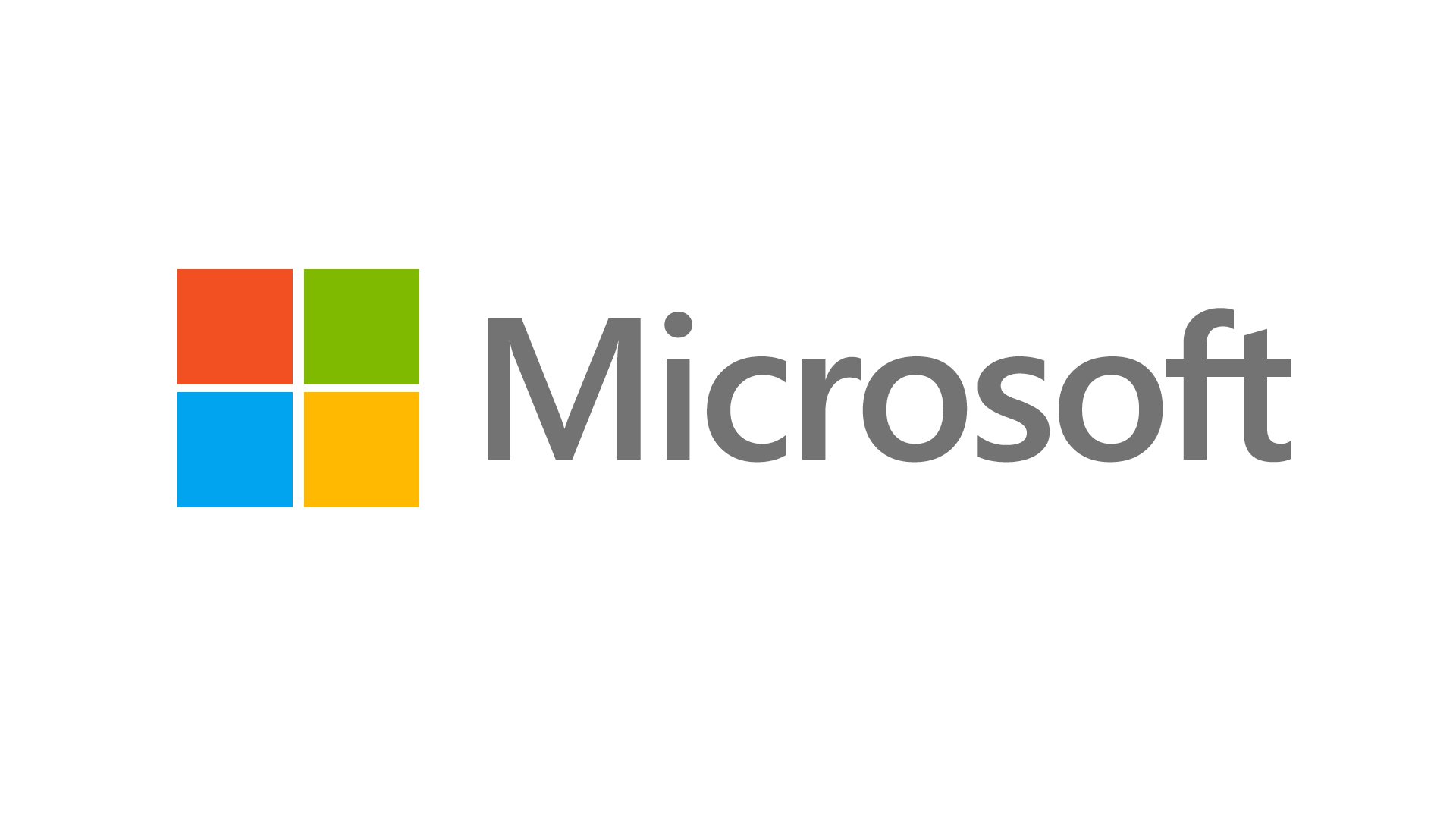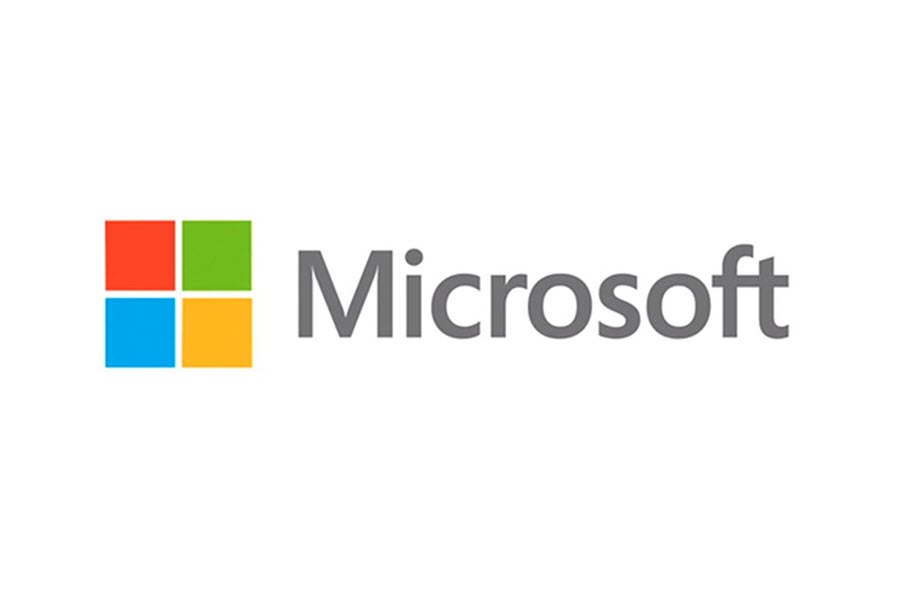Microsoft Pushes FCC to Act on White Spaces Petition


Microsoft is telling the FCC that wireless internet providers have been able to boost their throughput tenfold using the TV white spaces Microsoft wants more of, and said the FCC should act on its proposal seeking tweaks to the current white spaces regime.
That came in a meeting between Microsoft execs and FCC officials, according to FCC documents.
Microsoft is pushing the FCC to respond to its May 2019 petition for rulemaking on expanding access to the so-called white spaces between TV channels.
The company wants the FCC to allow more sharing of the "white spaces" in the broadcast band for unlicensed wireless.
Broadcasters are more circumspect about the prospect, though willing to explore most of Microsoft's efforts so long as broadcast signals are protected from interference, and from Microsoft's efforts to free up the first channel adjacent to broadcasters in the band for unlicensed use.
While Microsoft and NAB have come to an agreement on four of the five proposals in Microsoft's plan, NAB has told the FCC it strongly opposes including Microsoft's fifth proposal among the petition's tweaks. That fifth proposal would authorize higher power operations on the first-adjacent channel to broadcasters licensed service. That is one proposal NAB does not want the FCC considering yet, much less adopting, at least not until there is a new generation of receivers, which is years down the line.
Microsoft said the FCC should free up that channel, too.
Broadcasting & Cable Newsletter
The smarter way to stay on top of broadcasting and cable industry. Sign up below
In an interview with C-SPAN, National Association of Broadcasters president Gordon Smith said broadcasters were now in a good place with Microsoft on white spaces after what he said was the computer company's launch of a PR campaign before it had a legislative policy campaign. But that does not include giving up that buffer channel, which NAB continues to signal is too close for comfort.
Broadcasters are not only repacking into smaller spectrum quarters, but are also transitioning to that next-gen transmission standard. They want to make sure there is still enough spectrum to accommodate stations that might need an extra channel to continue to deliver current signals as well as the new ones, since ATSC 3.0 is not compatible with current TV sets and there is not government subsidy for new sets or converters, as there was with the transition to digital back in 2009.
Back in 2017, Microsoft launched the Rural Airband Initiative to use white spaces to help close the rural digital divide, which it has branded a "national crisis" with white spaces to the rescue. It also argues freeing up more white space spectrum will advance precision agriculture--which President Trump has said is a priority--and other internet of things (IoT) technologies.
In meetings with commissioners Jessica Rosenworcel and Brendan Carr, Microsoft and its representatives came armed with a report outlining the ten-fold improvement in throughput using white spaces tech.
Contributing editor John Eggerton has been an editor and/or writer on media regulation, legislation and policy for over four decades, including covering the FCC, FTC, Congress, the major media trade associations, and the federal courts. In addition to Multichannel News and Broadcasting + Cable, his work has appeared in Radio World, TV Technology, TV Fax, This Week in Consumer Electronics, Variety and the Encyclopedia Britannica.

